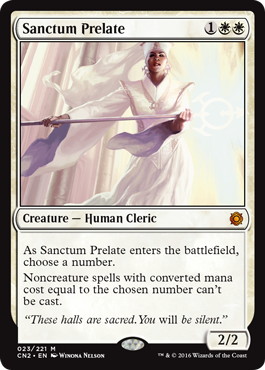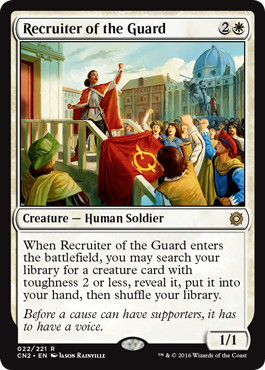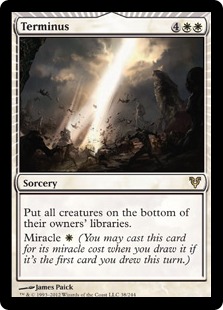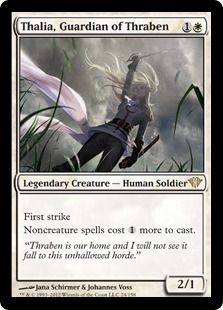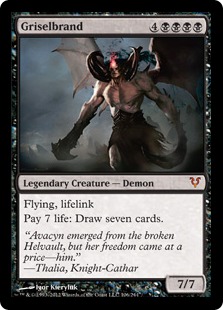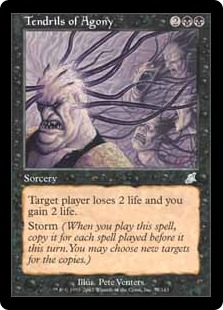Hello everyone and once again welcome to my new article.
Today I am going to be talking a bit about Legacy.
Legacy is a fun format, where you get the chance to play almost all the cards that has been printed in the multiverse. Where the modern format has a card pool back to Eight Edition, Legacy all the way back to the beginning, with a few restrictions coming from the ban list – to help keep everything in check.
Having the opportunity to play this many cards, is both a blessing and a curse, in deck construction – because you have to make the right decisions, which cards to include to optimize your deck, but your opponent does as well have the access to a lot of different synergies and interactions.
When I talk to new players about Legacy, they tend to be somewhat scared by the possibility to kill or get killed turn 1, saying that it is a no skill format etc. with this I 100% disagree – legacy is a very skill intensive format, which requires a knowledge of almost all the viable cards, how different cards/decks work, and how the cards in one’s deck interacts with the opponent’s weapon of choice.
To underline this statement, I will talk about my all-time favorite legacy deck and deck in general, which put me in top 4 of GP Strasbourg 2013; Death and Taxes aka MonoWhiteControl:
Michael Bonde – Death & Taxes
GP Strasbourg 2013
9
4
4
3
1
1
1
-Lands (23)-
4
4
4
4
3
3
2
2
1
-Creatures (27)- |
4
4
1
1
-Spells (10)- |
2
2
2
1
2
1
1
2
2
-Sideboard (15)- |
The above decklist is from 2013 – where as newer lists look a bit different, but the main theme of the deck and the things that makes it tick are still there – so instead of talking about interactions and matchup’s I will talk about the 2 cards that are on every monowhite enthusiast’s mind:
&
Both cards are unique in terms of an effect that white cards have in general. is like , a card that “draws” a card, and works as a tutor effect.
Where as , is a prison card that can shut down cards like , , and just to name a few cards.
At first glance, the cards look awesome, and should be an auto include in the current lists of the DnT decks, but when you look a little closer, you will find that the engine and main plan for the deck, revolves around a lot of utility creatures, that overlaps in a lot of matchups and are well placed on the curve with a cmc of 1,2 and 3. Having these 2 cards being CMC 3 is way more important than it may seem.
DnT attacks in a lot of different ways – starting from turn 1 with cards like , and . These cards may seem underwhelming but the reason the deck thrives in the metagame is that most of the decks do somewhat fair things.
Losing to a Storm or Tinfins player, who kills you on turn 1 or on the play turn 2, happens so rarely, which makes cards like , and almost impossible to deal with if you are playing an unfair strategy and one of these alone can hold down the fort. Having a CMC of 2 are these cards foremost valuable trait and the reason they almost always come out in a game as the MVP’s.
Saying all of the above things, may seem like I am not a big fan of the cards, but I actually am and I would definitely include 2 copies of in my main deck and 1-2 copies of in my sideboard, if I was to play a Legacy GP tomorrow.
In the right configuration gets you exactly the creature you need for any individual situation, but where I am seeing its full potential is in the Miracles MU.
Miracles often rely on their to deal with their opponent’s threats, and then slowly being able to establish a board that is non-passable. That says “put on the bottom of your library” is where it gets interesting. Having cards like and different equipment’s, makes it hard for the opponent to play a devastating terminus or even a 2 for 1 of because of the threat that even a single equipped creature represents on the board.
Not having to commit to the board with more than the maximum of two creatures, is a good place to be at, in this MU – and this is where has its merits.
When you play the Recruiter, you either fetch what you need to apply pressure – if you already have an equipment etc. you simply get the 2nd recruiter. If your opponent then uses a , the recruiter on the board, gets returned to the deck, where it can be fetched with the recruiter in hand and so on. Then by having equipment’s on the board, even a 1/1 becomes a deadly threat.
The reason it in my opinion is still only a 2-off, is that it both competes with other good two drops, but it is also a bit slow, and bad against different unfair decks – so I wouldn’t feel comfortable playing that many cards, that doesn’t interact or directly impact the board on their own.
is on the other hand a card that impacts the board on its own, with its unique ability to stop the opponents game plan, but I still think that this card is more suitably placed in the sideboard, than in the main deck. There are two main reasons that consider it for the sideboard. Even though the effect is powerful, most decks can easily play around it, and still win.
It will of course catch combo decks off guard game 1, but in most other MU, people do have many ways to deal with a 2/2 across the curve. That being said, it can be a powerful piece in controlling different decks, if mother of runes is present and ready to protect.
As with it also suffers from the CMC 3, which makes it a bit slow, when playing against the combo decks. If it on the other hand enters the battlefield, it can most certainly make a big impact on the rest of the game as it plays out.
This was some of my thoughts about the new additions to monowhite – and if you guys are interested in
playing with the cards, I would recommend trying out the list from the Ovino top 8, which features both cards in the main deck:
Marco Montani – Death & Taxes
Ovino XI – Legacy Main Event8th Place
10
4
4
3
2
-Lands (23)-
4
4
4
4
3
2
2
2
1
-Creatures (26)- |
4
4
1
1
1
-Spells (11)- |
1
1
1
1
2
1
1
1
1
1
1
1
2
-Sideboard (15)- |
Until next time – I hope everyone will crack a lot of Masterpieces
Michael Bonde // @Lampalot
 Michael Bonde
Michael Bonde
Top 4 at Grand Prix Strassbourg 2013 & Grand Prix Madrid 2015. Followed by a 5th place with the Bonde-Saito-Thiago Team at Grand Prix Sao Paolo 2016. A veteran of the magic pro scene aiming ever higher.
His strengths lie in his ability to reach complicated game states where he is able to grind out a win.
More by Michael Bonde


